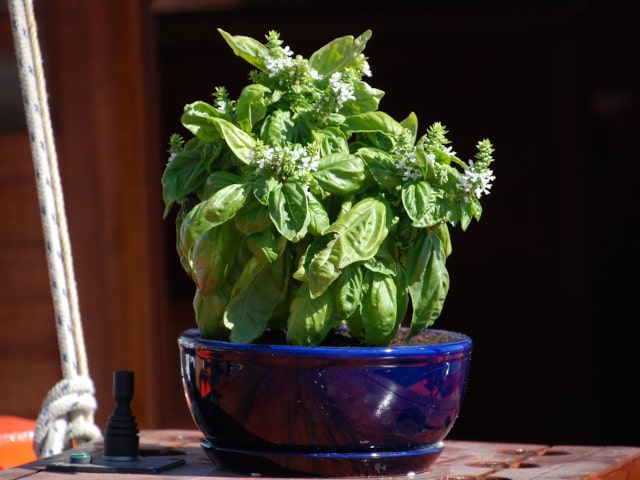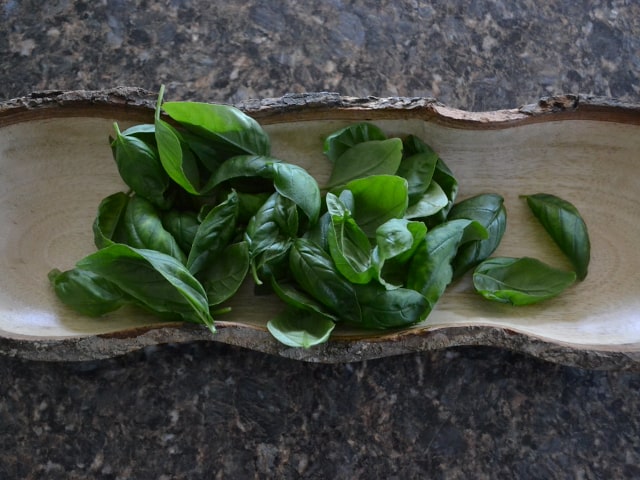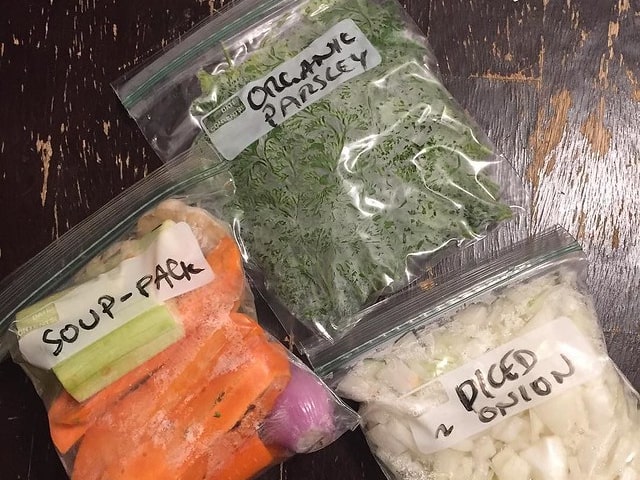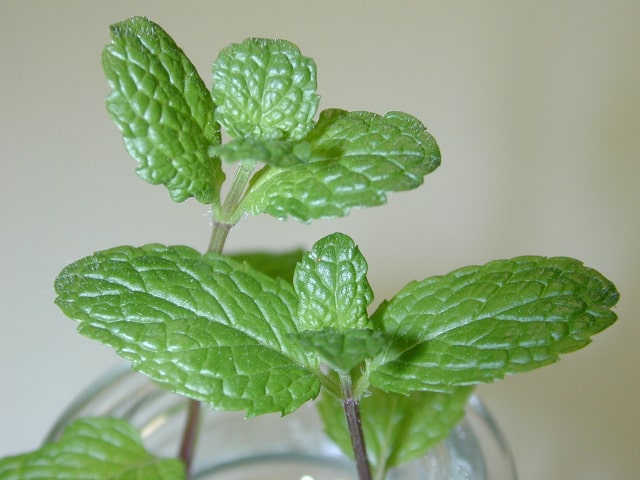
Basil is an amazing herb many people choose to grow by themselves in their homes or gardens. However, in order to have plenty of herbs for your meals and other purposes, you need to know how to prune basil effectively. Trimming is essential for basil care, and a number one reason why your plant might not give enough leaves as you are hoping.
Many times, people feel reluctant to prune basil, in fear of over-trimming or destroying their plants. However, this is not likely to happen with basil. On the contrary: proper pruning is essential for making your basil plants give a lot of fresh leaves you can use as herbs.
Why Prune Basil?
There is one important rule for those who wish to prune basil effectively: do not hold back. Regular trimming is a secret to plentiful yield, and the only way to have your basil plants give as much as they can.
The exact variant of your basil plant is not important. Lemon basil, Thai basil of Genovese basil - all of them will more than benefit from regular pruning. It is also not important whether you grow your basil herb from seeds or from transplants. Regular pruning is essential for their proper growth and plentiful herb basket.
Here are the main reasons to prune basil plants:
- Plentiful harvest. The top reason to prune basil plant is harvest. If you see you don't get enough from your basil plant, then trimming is the best way to increase harvest and make your plant give more. If you use a lot of basil in your cooking, pruning will ensure that you have enough for all your meals.
- Stimulate growth. Pruning will stimulate growth of your plant, as counter-intuitive as that may sound. Trimming your basil regularly is the best way to make it grow bushy and rich. Cutting your plant stems to a fresh set of leaves, you essentially make your plant develop new leaves. It essentially doubles the production of leaves on a stem.
- Remove flowers. Keep in mind that most basil plants produce flowers at some point. They are nice and can attract bees, but flowering basil cuts down on its leaf growth. This means less herbs for you and your cooking. You should prune basil plants to slow down the flowering process, essentially making your herb produce as many leaves as possible.
How to Prune Basil?
Now that you understand why you should prune basil, it is important to know how to do it properly. The first thing to keep in mind is timing. You need to trim your basil plants at the right time. With basil, it is best to start early: do the pruning when the seedlings are about 6 to 8 inches tall and have about 3-4 sets of leaves. This initial trimming is easy: simply pinch the main stem back until you are left with a set of side shoots. It should remove about one third of the plant. This will essentially double your basil harvest.
After this initial trimming of a young plant, you should wait for a few weeks until you prune basil again. Pruning every two weeks or so during the summer is great for encouraging growth and making your basil plant produce as much as possible.
But what if you don't have seedlings? If you have a mature basil plant that is much bigger and richer, the first step is to separate it into individual plants, since mature basil is often sold as a handful of individual plants in a pot.
After this, simply prune each individual plant back by about one third. Make sure to always cut just above a set of side shoots. This is the best way to stimulate growth on your basil plant.
In general, it is very easy to prune basil. You can even use your fingers, or a clean pair of scissors. Before you start trimming, take a look at your plant: the goal is to cut central stems back to a lover set of leaves. You will notice two tiny leaf buds emerging from the leaf axil, so always trim about a quarter inch above those leaf buds.
When pruning, always make sure to remove top sections of stems along with the leaves. Do not just remove individual leaves - this will not stimulate new growth. Keep this in mind when pruning your basil plants.
You can use this technique to prune basil flowers, too. As noted above, it is important to remove flowers as soon as they appear, or the plant will take too much of its energy into developing flowers, at the expense of leaves. Simply pinch buds as soon as they appear to encourage the plant to invest the energy into leaves.
Keep in mind that you can use flower buds in the kitchen. They, too, have a wonderful taste of basil and you can use them in your salads or other meals.
Photo credit: Anders Gustavson




0 Comments